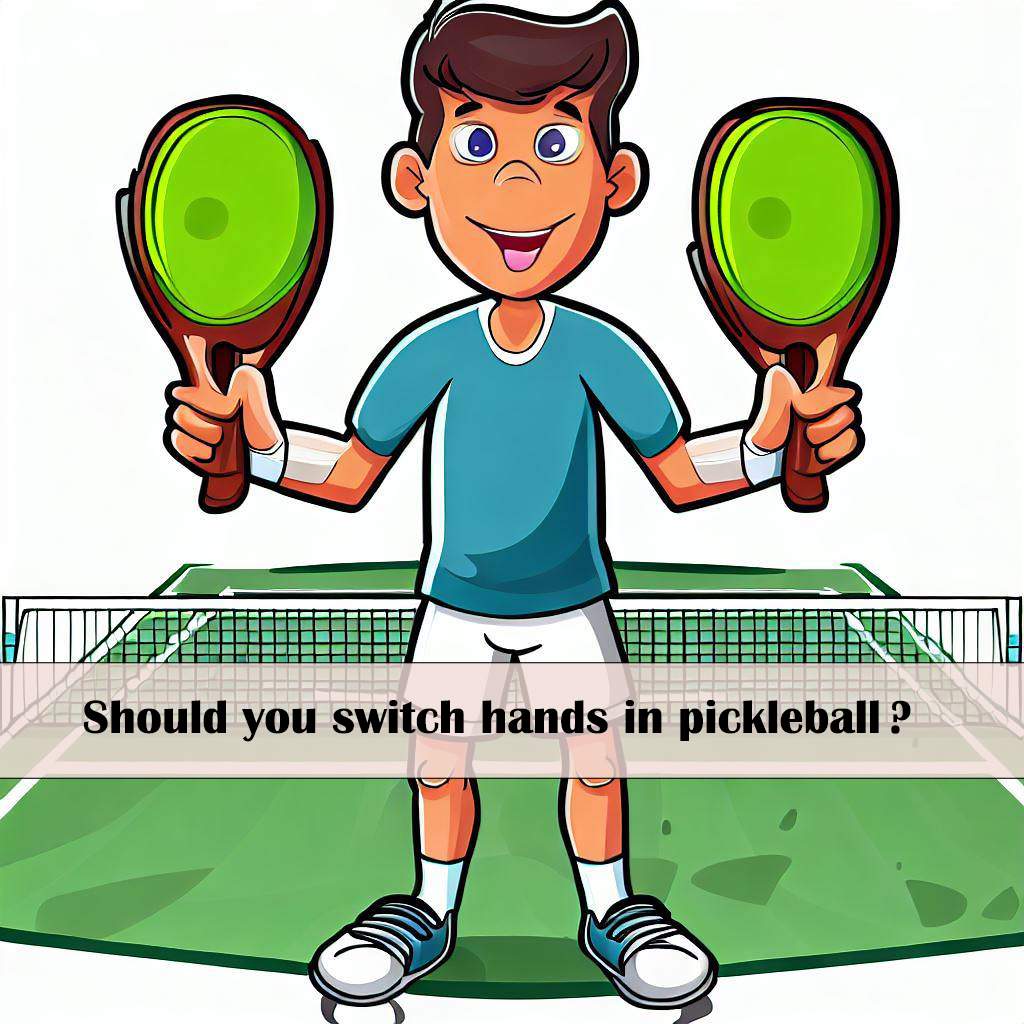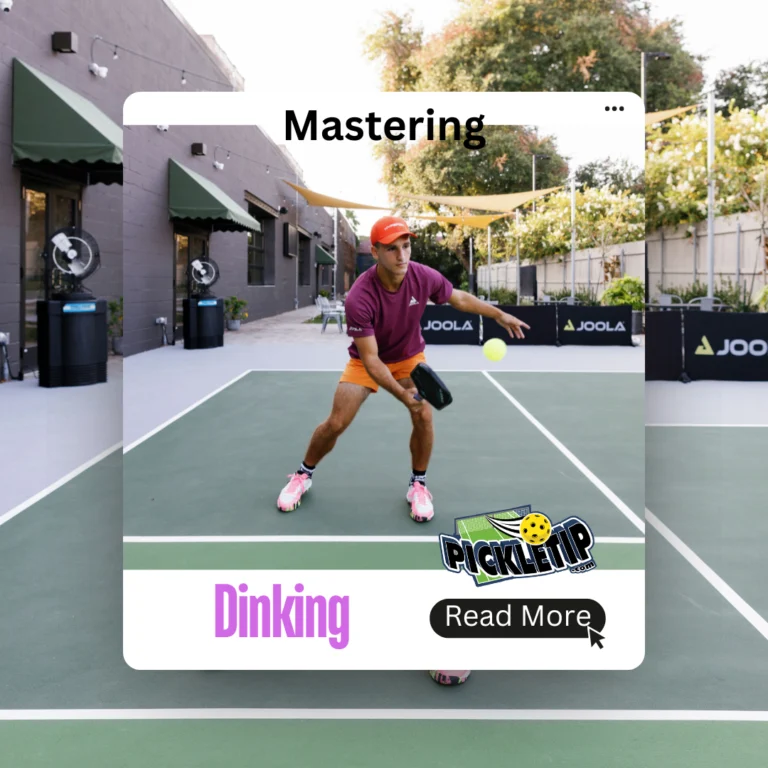Switching Hands in Pickleball: Pros, Cons, and FAQs
Switching Hands in Pickleball: An Unbiased Analysis
Different pickleball players offer varying opinions on the topic of switching hands during play. While some swear by its advantages, others caution against its potential pitfalls. This article delves into the pros and cons of the technique of Switching Hands in Pickleball, and answers some of the most frequently asked questions about it.
Commonly Asked Questions
Can you switch hands in pickleball?
Yes, switching hands is legal in pickleball. There are no rules forbidding it. However, its prevalence in professional circuits might give insights into its practicality in high-level play.
Do pro pickleball players switch hands?
While it’s legal and can offer increased reach and the element of surprise, mastering this technique can be challenging.
During my recent visit to the Exchange NOLA, I had the privilege of witnessing a match featuring four elite pickleball players. Their level of competition and skill was notably high. It was only later that someone pointed out to me that these professional players were competing using their non-dominant hands. This revelation was astounding, especially considering that their performance surpassed all recreational matches I’ve observed, even with the handicap of not using their primary hands.
Should you switch hands in pickleball?
Switching hands can be beneficial for ambidextrous players or those with prior experience in sports that require the use of both hands. However, the decision largely depends on individual comfort and the specific game situation.
Pros of Switching Hands
- Increased Reach: Switching hands can extend a player’s reach, especially beneficial in singles games.
- Powerful Forehand Shots: Players can leverage the strength of their forehand on both sides of the court.
- Conservation of Energy: Reduced mobility requirements can help players conserve energy during a game.
- Element of Surprise: The rarity of this technique can confuse and throw off opponents.
Cons of Switching Hands
- Risk of Dropped Paddles: Quick switches, especially near the net, can lead to missed balls or dropped paddles.
- Stunted Backhand Development: Relying on hand switches can prevent players from developing a strong backhand.
- Potential for Confusion: In doubles, frequent hand switches can confuse partners, leading to missed shots.
When to Switch Hands
Switching hands should be a deliberate decision, made when there’s ample time and a clear advantage to be gained. It’s essential to practice this technique outside of competitive games to minimize errors and maximize benefits.
Should I Switch?
Switching hands in pickleball is a nuanced technique with its own set of advantages and challenges. Players should weigh the pros and cons, practice diligently, and use this skill judiciously to enhance their game.







